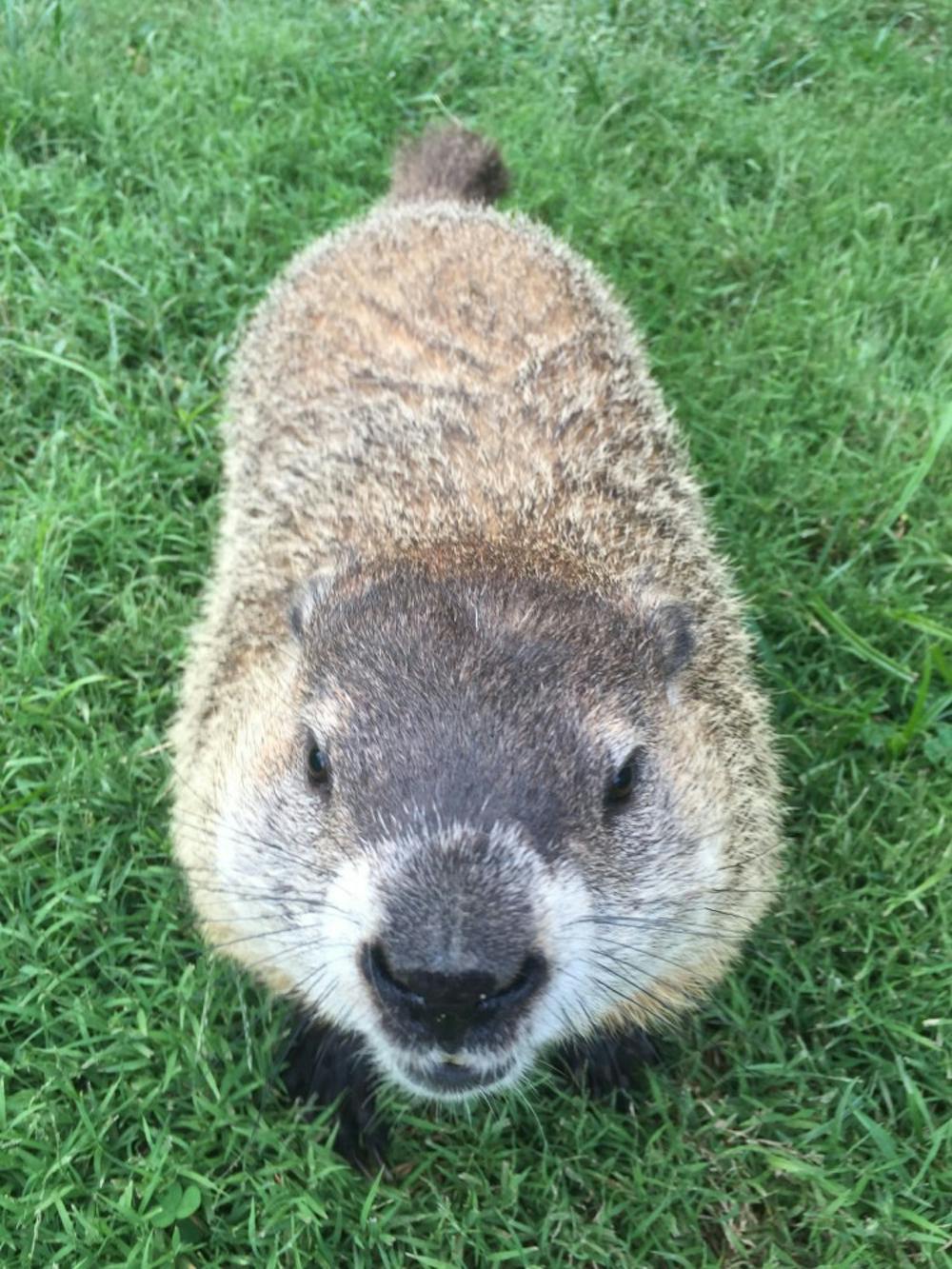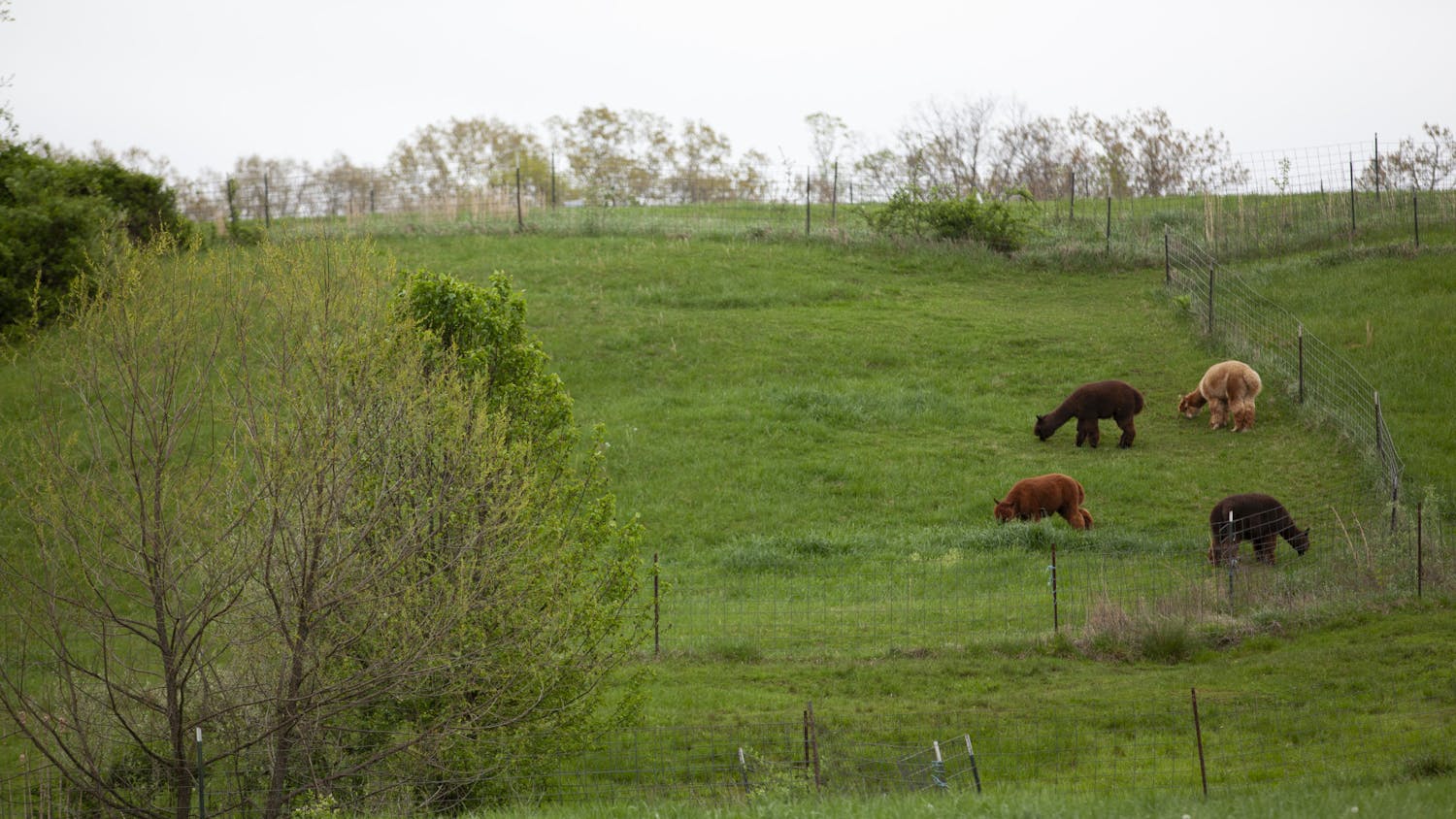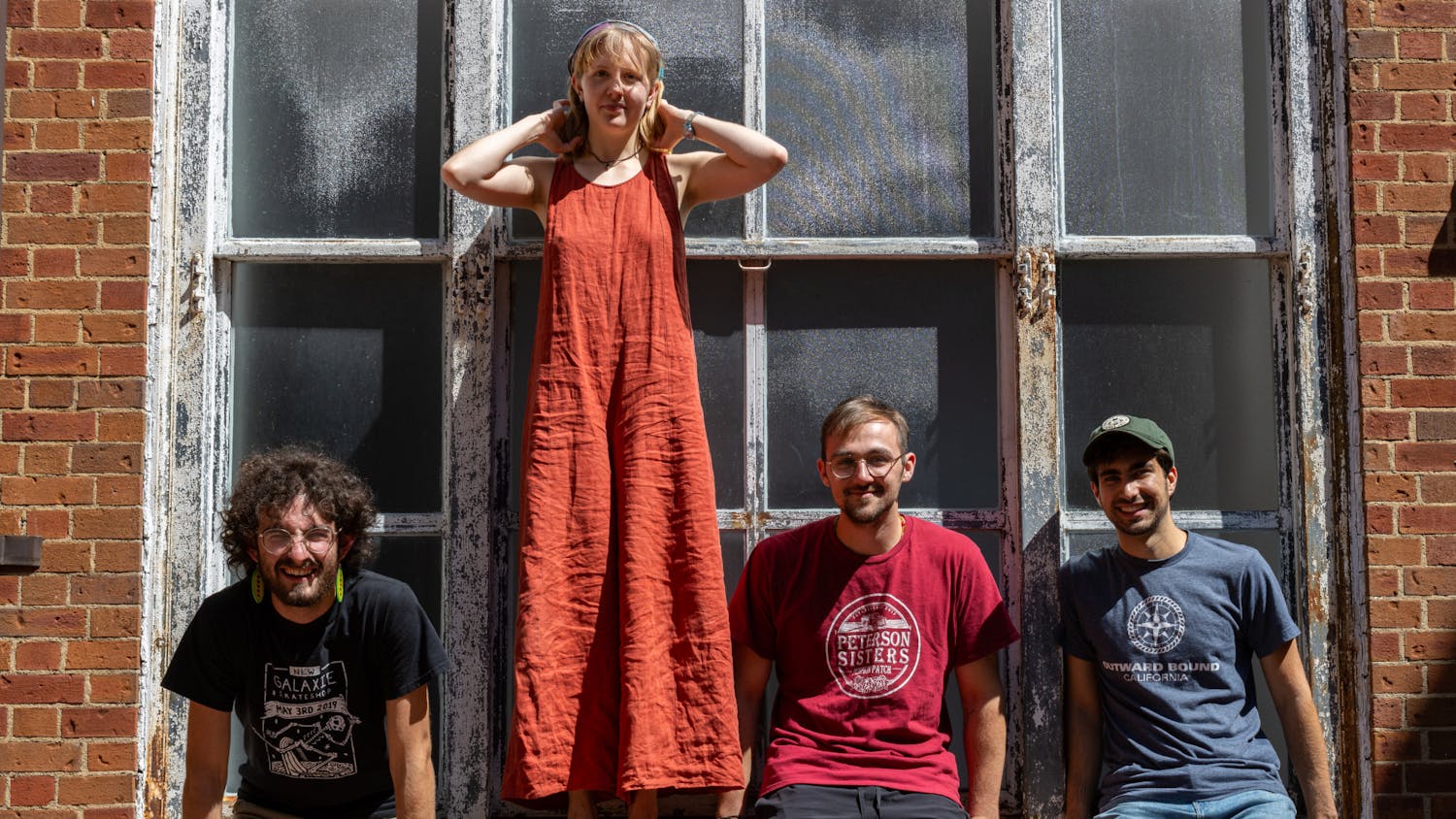Hungry groundhogs’ demise is mostly likely not involved with dining hall food.
While tapping through the Ohio University campus Snapchat feed, students can usually view a video or picture of a groundhog ravenously eating a banana or an ice cream cone from Shively Dining Hall.
One groundhog was found dead on campus last week, and while OU cannot confirm that the death was diet-related, OU administrators still advise not to feed wild animals.
“Groundhogs and other critters might be cute and seem hungry,” Corey Roscoe, Ohio director of state affairs of The Humane Society of the United States, said in an email. “But feeding most wild animals just isn't a good idea.”
Although animals on campus, such as groundhogs and squirrels, are not afraid of people and will usually eat whatever students have at hand, but Chad Keller, environmental health coordinator for OU, said it’s not wise to feed a wild animal.
Suzie Prange, a research wildlife biologist for the Athens Division of Wildlife, said although the cause of death is uncertain, a nutrient deficiency that could have been acquired over time could play a factor in it.
“So if people want to feed them, they should feed them things that would be naturally part of their diet like berries, dried corn, some kind of bird seed,” Prange said. “Something more along those lines than ice cream cones, or bread or crackers.”
{{tncms-asset app="editorial" id="8f0d3b46-615d-11e5-a4ca-c3b77d2d3088"}}
Groundhogs are typically omnivorous, with the occasional feeding of grubs, insects, grasshoppers and snails, she said.
“If they have a nutrient deficiency, it could weaken them to a point when they would be more susceptible to diseases, infections, parasites,” Prange said. “If they’re not strong enough they could be more susceptible to predation or they could lose coordination or be more likely to be struck by vehicles – a lot of things work together like that.”
Therefore, it is not likely that the groundhogs found dead could be directly linked to dining hall food, Keller said.
Besides getting struck by a vehicle, Keller said groundhogs and other small mammals also run the risk of being mauled or hunted by predators.
“It’s much more likely that they’re getting preyed on by an occasional stray dog,” Keller said. “In fact, that happened on main green here at the very beginning of the semester this year where somebody had their dog running loose and it ran one down and killed it.”
Also, there could be another risk of poisoning by alcohol or drugs.
“Something that came to my mind — not to say anything about college kids — but you always wonder about them feeding the groundhogs beer or something like that,” Prange said. “That wouldn’t be good.”
Students have taken notice of the infamous groundhog snapchats and the fascination with interacting with them.
“It’s all over Snapchat. There is an ungodly obsession with that groundhog,” Daniel Winter, a freshman studying history, said. “If they want to feed the groundhog they can, but if they get attacked I’m not going to say anything about it – it’s a wild animal, don’t let yourself get attacked.”
@mmhicks19
mh912314@ohio.edu






